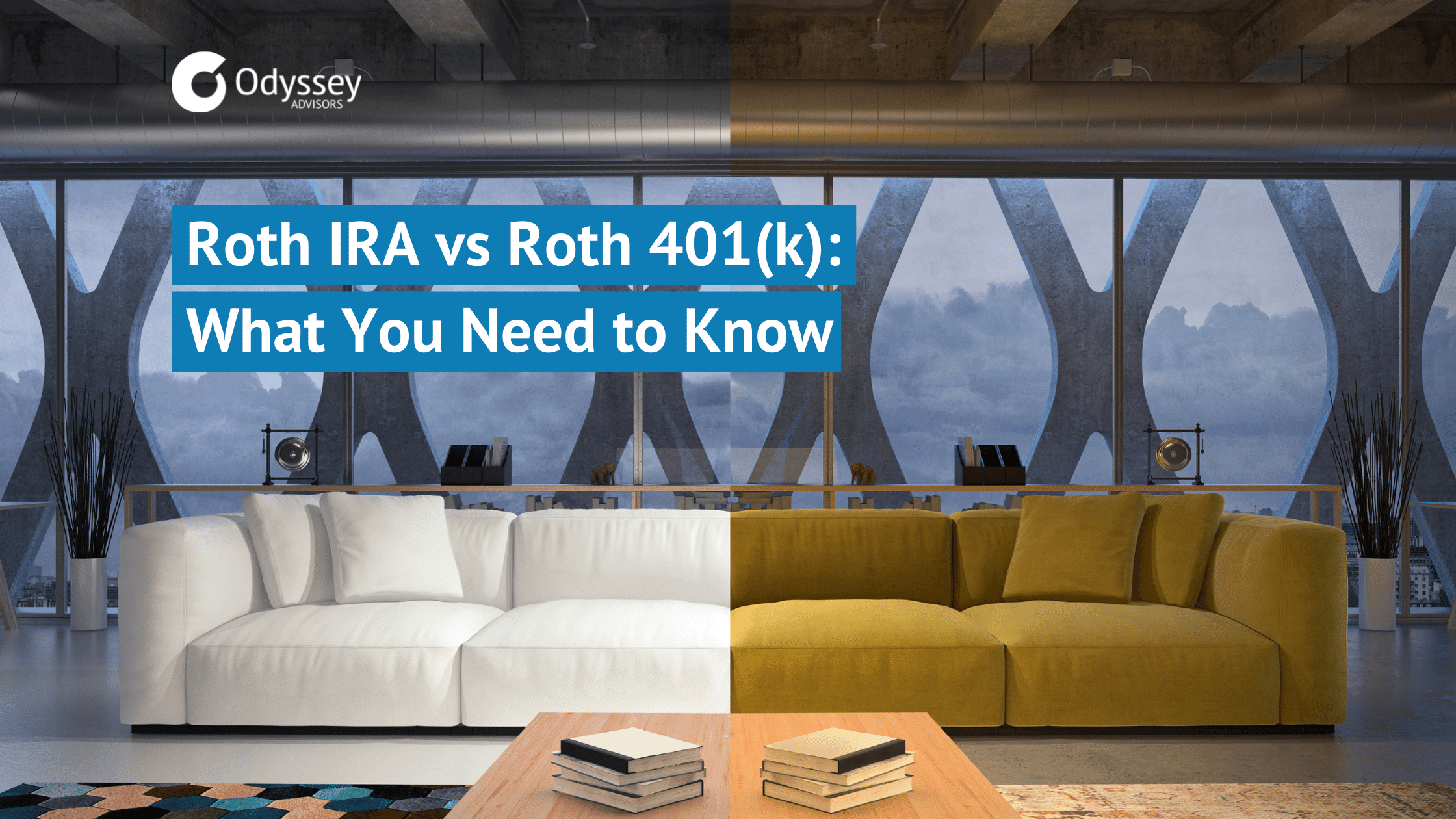What is an OPEB Investment Policy?
July 15, 2021|Samantha Schneider

Key Takeaways
- An OPEB Investment Policy is a set of guidelines that provide the standard operating procedures when it comes to managing and investing funds that are deposited into an OPEB Trust.
- Two key elements or factors that impact the policy are the targeted asset allocation by investment class and the desired long-term expected rate of return.
- The Investment Policy is also used when calculating the OPEB discount rate.

The world of OPEB is daunting and to someone who doesn’t work with it every day, it can be overwhelming. Just like a clock, OPEB valuations have a lot of moving parts that all synchronously work together.
Here at Odyssey Advisors, our number one goal is to simplify the complex world of post-employment benefits into easy-to-understand fun-sized pieces. Today I’m going to break down one of the elements of the OPEB Discount Rate calculation: the Investment Policy.
What is the OPEB Investment Policy?
An OPEB Investment Policy is a set of guidelines that provide insight on how to manage and invest the funds that are deposited into an OPEB Trust. This policy is established by the plan sponsor often in conjunction with their investment advisor, internal financial personnel, and their actuary and then routed for approval. This process varies from sponsor to sponsor.
First Component of an OPEB Investment Policy
The first component of an OPEB Investment Policy is the target asset allocation by investment class or category Asset Class. There are generally three main Asset Classes with multiple sub-classes or categories:
- Equities
- This includes Small, Mid, and Large Cap, as well as International Developed & Emerging Markets. These can be further split into growth, value & blend as well as focus on particular market segments such as consumer discretionary, utilities, technology & more.
- Fixed Income
- This includes corporate and governmental bonds (both domestic and international) as well as cash products. These categories are further split by duration, credit quality & more.
- Other
- Alternatives, Commodities, Real Estate, etc.
Second Component of an OPEB Investment Policy
The second component is the long-term expected real rate of return (“LTROR”) on each of these Asset Classes. The expected LTROR for each asset class is ultimately a forecast of future returns and options may vary. Odyssey Advisors uses data from a large survey of advisory firms throughout the U.S. to develop these real rates of return.
How Does the Investment Policy Affect the Discount Rate?
Many factors determine a Town’s OPEB discount rate. Typically, it comes from a blend of the 20-year municipal bond index rate and the long-term rate of return on the Town’s plan assets. We determine the long-term rate of return by looking at the Town’s current Funding Policy and Investment Policy.
The discount rate determination also depends on the funded status of your OPEB plan:
- Fully funded plans – the discount rate will be the expected long-term rate of return
- Partially funded plans – the discount rate will be a blended rate based on the long-term rate of return on the Town’s current OPEB assets that can fund future payments and the 20-year municipal bond index rate on all other expected future payments.
- Unfunded payments – the discount rate will be based on a 20-year index of yields on high-grade municipal bonds.
For more information, read this article: How Your Investment Policy and Asset Allocation Affect Your OPEB Valuation.
In Summary
Together these pieces create your Investment Policy. Your investment advisor can help you develop an Investment Policy that works for you and your Town’s specific goals. If you’d like more information on how an Investment Policy can help shape your OPEB valuation and discount rate, reach out to an Odyssey Advisors team member today!
Categories: OPEB

About The Author Before coming to Odyssey Advisors, Samantha spent 8 years as a high school math teacher, working mostly with students in low-income, at-risk communities. She users her education background to make sure clients understand the often complex world of retirement benefits...
More Insights From This author





